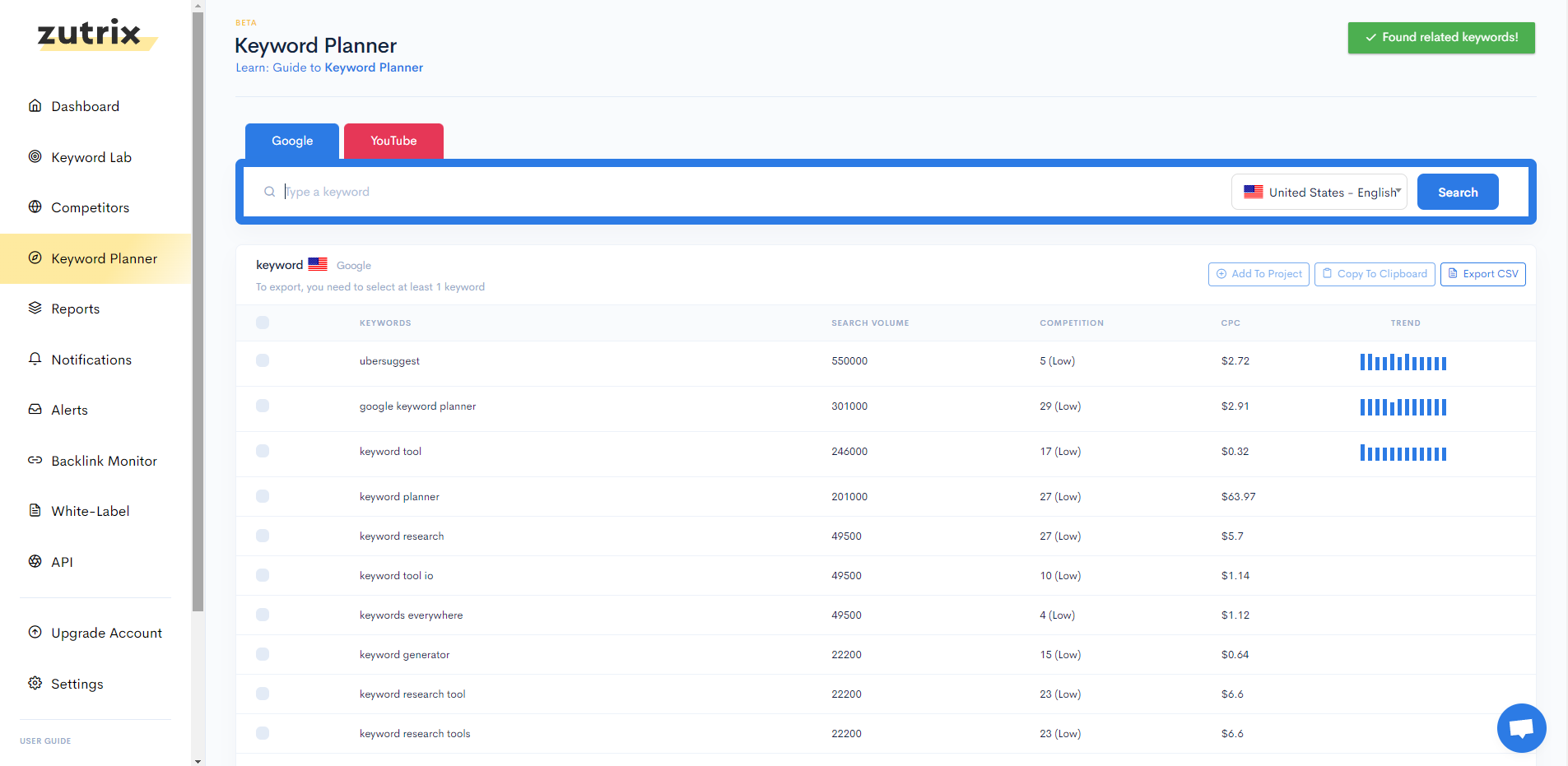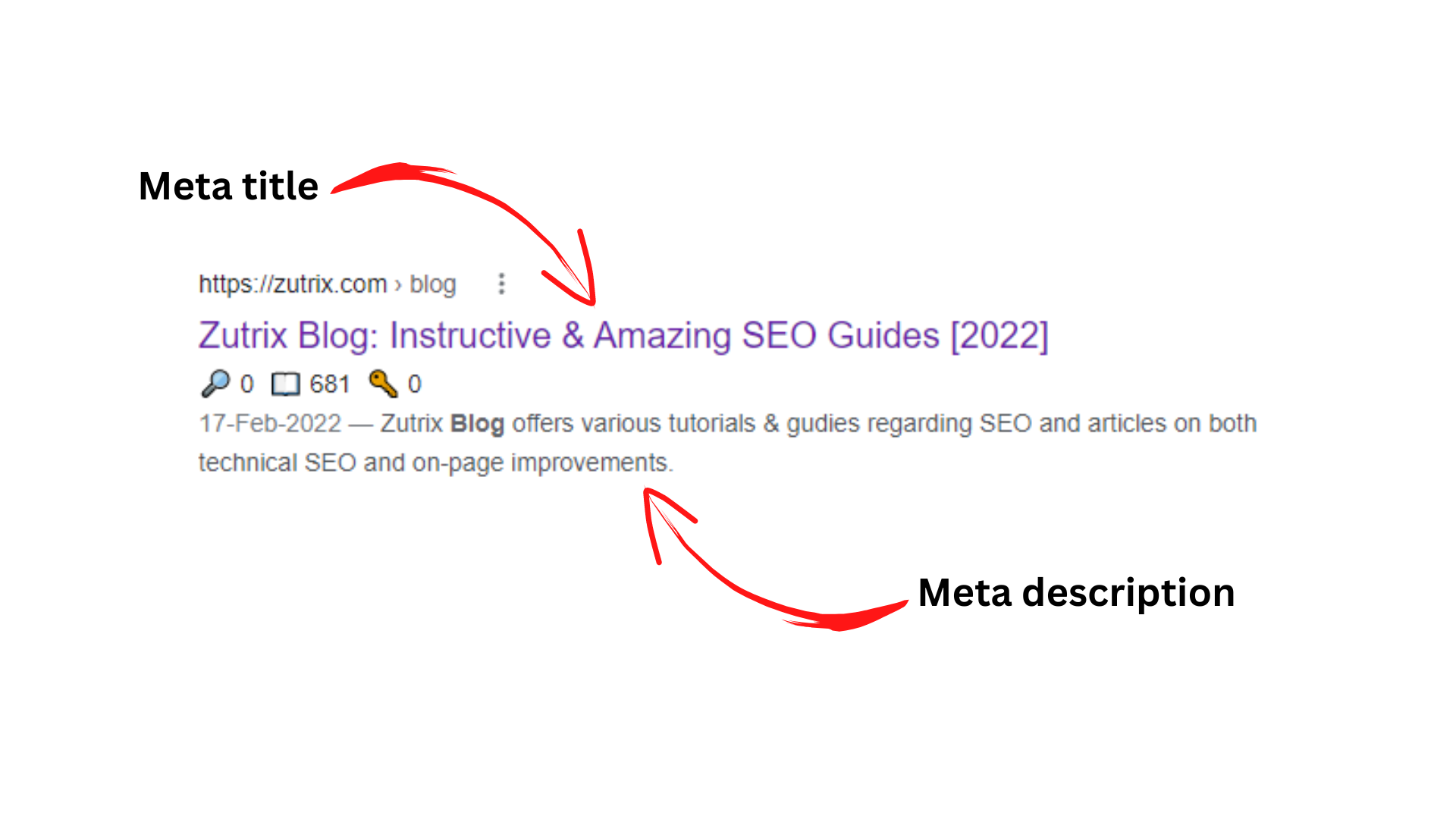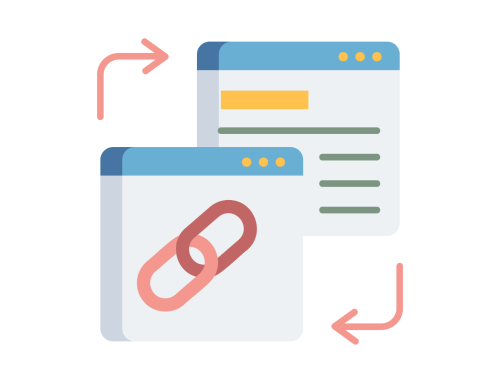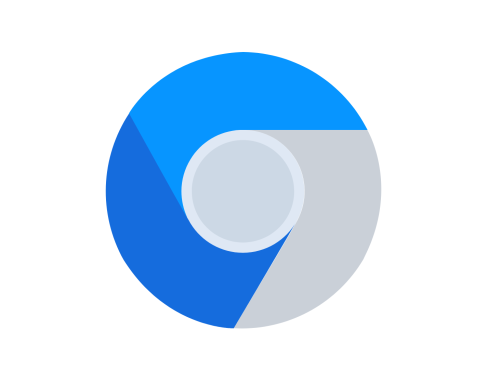According to stats, almost 90% of all the content published doesn’t get any traffic from the Google search engine.
So just publishing quality content alone won’t bring traffic to your website.
You also have to rank that content so that it gets the eyeballs and traffic it deserves.
And to rank your content, firstly, you have to make it SEO friendly.
But the question is: how to do it?
Well, in this post, we’ll show you how to write SEO-friendly content and optimize your content in a way that it gets ranked on Google easily.
So without wasting any further time, let’s dive in.
What is SEO-Friendly Content?
SEO-friendly contents are those contents that satisfy the search engines to rank higher on search results.
Even though search engines are way smarter these days, they still can’t read and understand content properly.
So you have to give signals to search engines by optimizing your content for better SEO understanding.
No matter how many backlinks you build or how well your website structure is, if you don’t SEO optimize your content, it just won’t going to rank.
That’s why it’s super crucial to optimize your content for SEO before applying any other SEO strategies.
9 Proven Tips to Write SEO-Friendly Content
Now that you know what SEO-friendly content is and why it’s important, we’ll give you some proven SEO optimization tips that will help you optimize your content for higher rankings.
1. Begin With Proper Keyword Research
The core of search engine optimization is keyword research.
One of the common mistakes most beginners make is they start writing the content without any prior keyword research.
Just writing content on any random topic you personally like won’t help you to rank higher on search engines.
You must do proper keyword research based on your niche and find keyword ideas you can target.
If you’re just starting out, at first, you have to find out keywords that are easier to rank for and have less competition.
You can use a tool like Zutrix keyword planner to find out untapped keyword ideas within a few seconds.
Just enter your “head” keyword inside the Zutrix keyword planner and the tool will find out some related keyword ideas that you can target in your content.

Create a separate document and keep the keywords handy, as you will need the keywords throughout your content optimization journey.
2. Figure Out The Search Intent of The Keyword
Your content should always align with the search intent of the keyword you’re targeting.
Search intent is basically the purpose for which the user has searched a particular query.
If the content you’re creating doesn’t align with the search intent of the particular keyword you’re targeting, your content is never going to rank for that keyword.
And even if your content does rank by any chance, the ranking won’t sustain for a long period of time because users won’t get the right answers to their queries, and they will eventually bounce off your content.
This will not only hurt your SEO rankings but the overall reputation of your brand or website as well.
That’s why before creating any content, try to understand the search intent of the keyword you’re going to target.
Search the keyword you’re going to target on Google and see what type of content is ranking currently.
Are most of the ranking pages listicle posts?
Or is there any sales page ranking?
Observe the search results and understand what the user might need.
This way, you can easily understand the correct search intent of the keyword and create your content around that intent.
3. Create an Outline
This recommendation does not directly improve your SEO, but it can help you improve your content quality.
And by improving your content quality, you’ll stay way ahead of your competition without doing anything.
We all know content is king. Even for SEO as well.
However, most of the time, when we create content, we don’t pay too much attention to the content structure.
But this plays a huge role in the overall readability and quality of your content.
When you create an outline before even writing your content, it gives you time to think about what you’ll include in the content, what the sub-headings will be, and how you’ll sprinkle the keywords within your content.
You’re essentially planning ahead by creating an outline before even creating your content.
And this also saves you from writer’s block and helps you finish your work quickly.
So if you’re writing your web content without using an outline, you’re making a big mistake.
4. Write High Quality And Engaging Content
If you want to rank your website higher on search results and bring tons of free traffic and customers to your website, you have to create and publish quality content.
Not just content, but QUALITY and ENGAGING content.
As per stats, over 7.5 million+ blog posts are being published every day over the internet.
And over 90% of them don’t get any attention at all.
So if you want your content to stand out in this massive crowd and get free traffic from Google search, you have to create better content than what’s already out there.
There’s no exception to that.
At some point, you can get ranked on Google without any backlinks.
But if you don’t have quality content that solves the user’s problem, ranking on Google wouldn’t be an easy task.
The purpose of Google is simple. They want to provide the best and correct information to their users.
And if you meet this simple yet most important criteria, you’ll be unstoppable with SEO.
5. Sprinkle The Targeted And Related Keywords Throughout Your Content
Keyword density doesn’t work anymore.
Gone are the days when anyone could rank on Google by stuffing the targeted keywords over and over again.
Google is much smarter now, and doing this might get your website penalized as well.
So does that mean keywords within the content don’t hold any value?
Absolutely not.
You still have to use your main and related keywords throughout your content to make the content relevant and SEO friendly.
If you don’t use any particular keywords, Google still might rank your content, but the chances are very less.
You should try to sprinkle your main and related keywords throughout the content naturally instead of stuffing them just for the sake of SEO.
But most importantly, you should use your keywords within your headline, subheading, introduction, and conclusion.
These are the hottest part of your content where you must have to include your keywords.
6. Use Graphics And Visuals Within Your Content
Visual information can be processed 60,000 times faster than normal boring text.
And visual content also makes any boring text content much more engaging, attention-grabbing, and fun to read.
Whenever you’re creating your content, you should try to include as many visuals and graphics as possible within the content.
At the end of the day, no matter whether it’s social media or a search engine, you have to grab and retain people’s attention.
No one wants to read just boring text. When you include graphics and visuals in your content, it makes the content much more fun to read.
It also helps you to illustrate a point easily to your audience.
7. Internal Link Your Pages
Internal links are basically backlinks that you get from your own website. It simply means linking one page to another page on your website.
And just like external backlinks, it’s super crucial for SEO.
In fact, internal links can help your SEO efforts more than external backlinks. It’s that much powerful.
Google uses internal links to find new content within your website and to crawl through your website easily.
Other than that, Internal links also pass link juice within your web pages and help to rank higher on search results.
In fact, Google themselves stated that the number of internal links pointing to a particular page signals the importance of that page to Google.
If you haven’t started internal linking your pages yet, it’s high time you should start doing it now.
But don’t just start internal linking your pages randomly.
There’s a proper structure and some sets of rules that you must follow to use the power of internal links perfectly in your SEO campaigns.
We’ve crafted a detailed guide on internal links where we’ve dug deep into how internal links works and how you should internal link your pages for maximum benefits.
8. Add ALT Text to Your Images
As we’ve discussed earlier in this post, you know how important images are within any textual content.
But just adding images will make the content better, not your SEO performance.
Along with adding images to your content, you also have to optimize those images for SEO by including ALT tags or ALT text.
Alt texts are basically the textual description of your images that helps both visually impaired people and search engines to understand the context of your images.
No matter what images you use or how many images you use within your content, each of the images should have ALT text.
Google also stated that you should use descriptive ALT texts for your images to help search engines better understand the context and relevance of your image.
If you’re using WordPress or any popular CMS platform, you’ll easily get an option to include ALT texts with every image you include within your content.
9. Pay Attention to Title Tags And Meta Description
Meta titles and descriptions are the first things a user would see even before landing on your website or content.
If you search for something on Google, the title and snippet of description that comes in the search result are called meta title and meta description.

It gives the user a sneak peek of what’s inside and what they should expect from that webpage.
And apart from that, it’s also a crucial part of SEO. That’s why you should pay extra attention while optimizing your meta title and description.
There aren’t many things you can do with your meta title and description.
But whenever you’re writing your meta title and description, make sure it’s unique, descriptive, and attention-grabbing.
On top of that, you should always use your main keyword within your meta title and description.
Also, keep in mind, your meta title and description should not be lengthy.
Conclusion
We know ranking on Google isn’t that easy.
But if you follow all the rules and make your content SEO-friendly by applying the tips we’ve shared in this post, you can increase your chances of getting ranked on Google.
Of course, there are plenty of other advanced points as well that helps to make content SEO friendly.
But if you’re just starting out, the tips we’ve shared would be enough for you to optimize your content.





